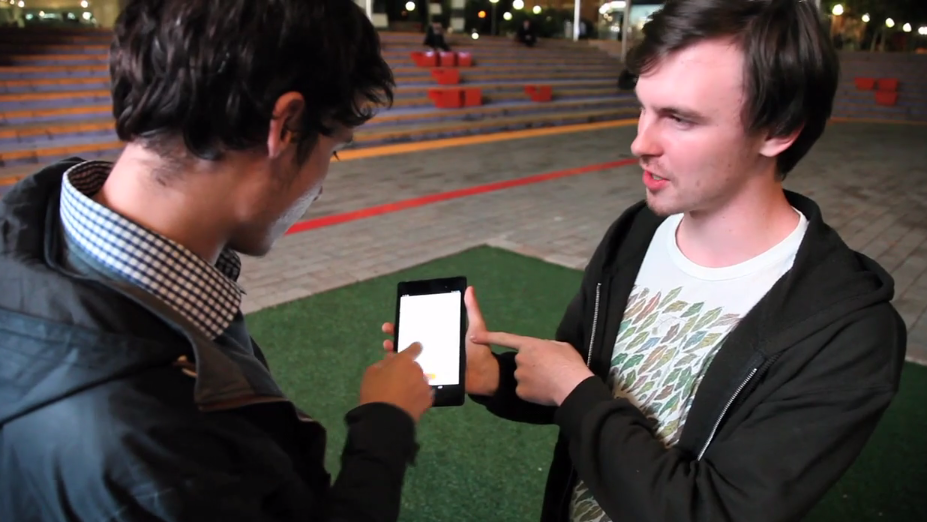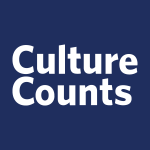Reporting results and providing data insights on the intrinsic value of the arts is what we do and what we love. Goods insights can give you a deeper understanding of your audiences, contributing to better decision-making and program planning. For arts organisations, having these analytics in your arsenal is the key to continual growth and success.
Collecting audience feedback from events is fundamental to accumulating and analysing this valuable data, and there are a number of options available.
Surveying is one simple way of capturing both the quantitative and qualitative components of cultural impact. But what is the best method for collecting this data to ensure you’re getting the most accurate representation of your audience’s experience?
The simple, and perhaps frustrating, answer is that ‘no one size fits all’ and it depends a lot on your event. Elements of your event that may come into consideration include audience (size, demographics, level of engagement), the length of the season, location (indoor or outdoor venue), and whether the event is ticketed or not.
At un-ticketed outdoor events, data collection methods can be limited. If using volunteers to intercept surveys at events, timing is important. Things are fresh in the audience’s mind and reactions may still be developing. In our experience, many respondents find that talking about the event helps them to reflect on and process its many impacts. Does this accurately capture the effect the event had on them, or would their reaction change over time?
If able to survey audiences via email after an event, will that influence the way people respond? We find that the overall response rate is higher but timing is again a factor to consider. The respondent may choose to complete the survey immediately, in a few days or even wait weeks, which could affect their recollection of the event. Emailing can also promote a bias toward response capture by demographics that are more active online.
The best solution is to source a selection of data using different capture methods, then test and compare the results. Over time, and with large data sets, it is possible to spot trends associated with the particular art form, event or audience types and identify the most valid and successful audience engagement methods for your organisation.
If you need to consult with an expert, contact the team at Culture Counts to talk through data capture options for your next event.







